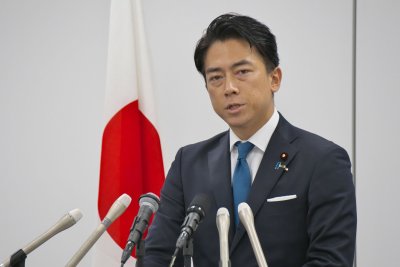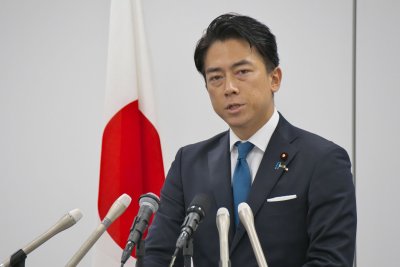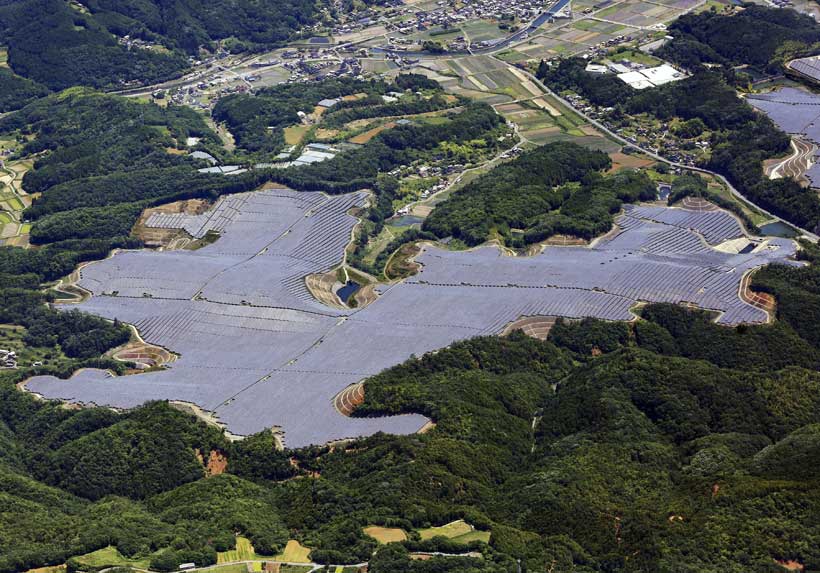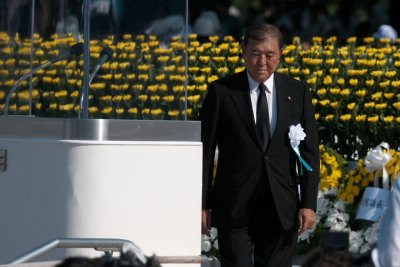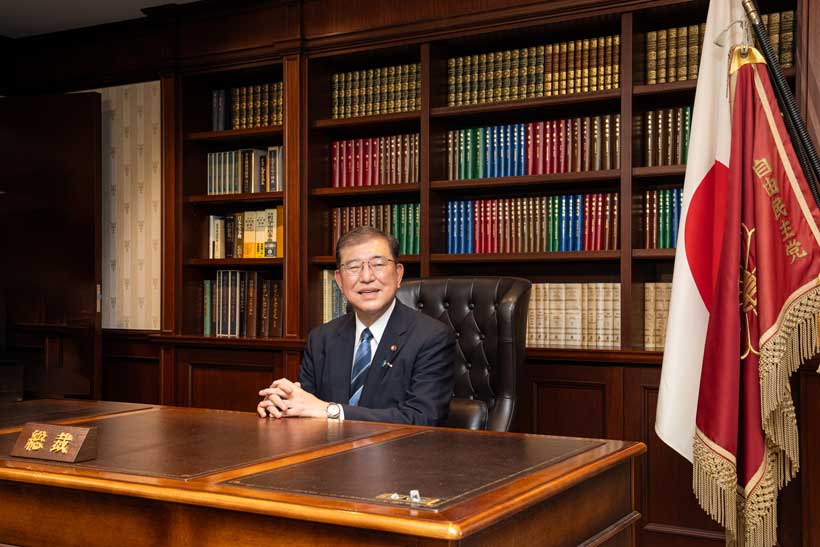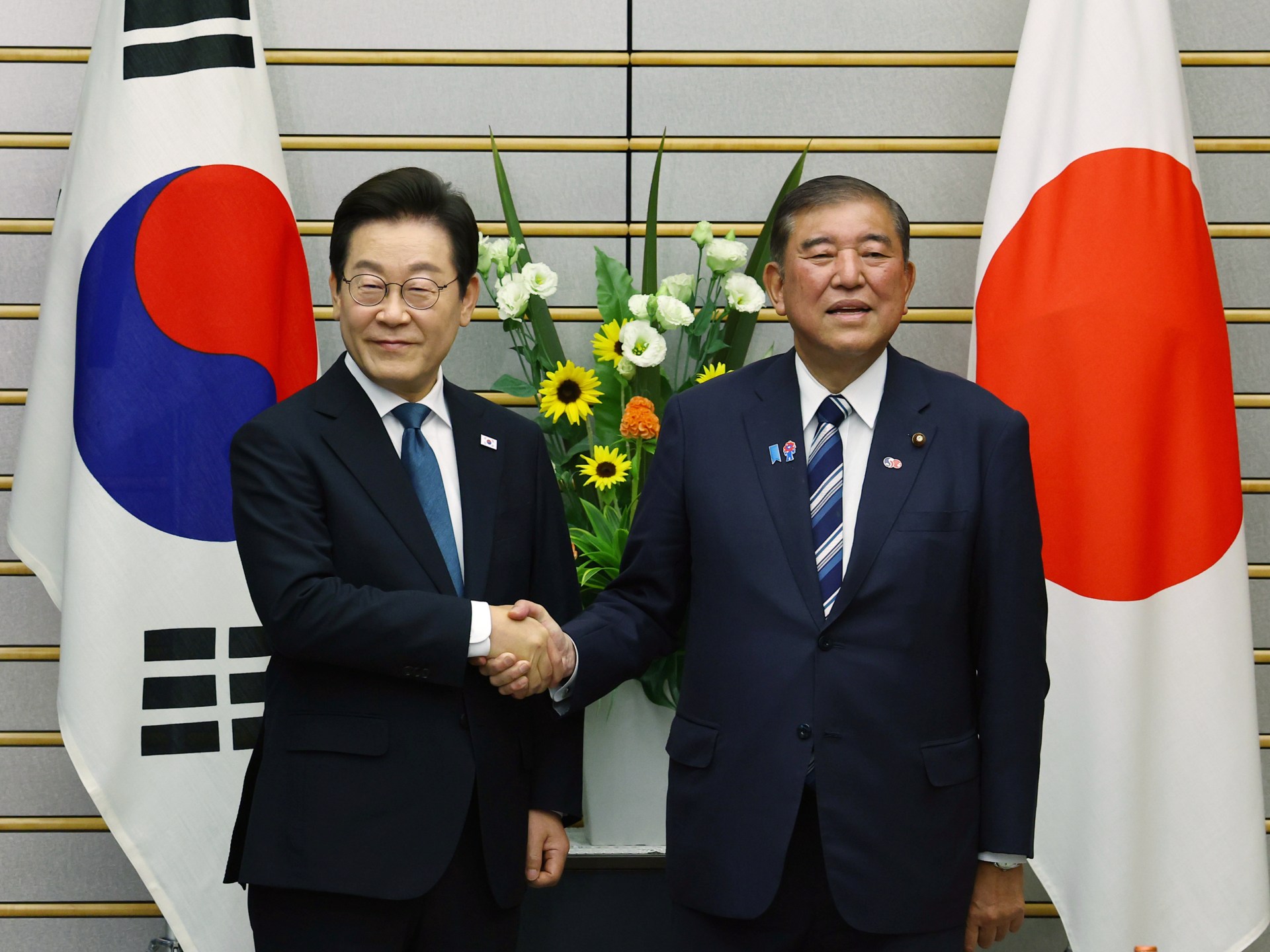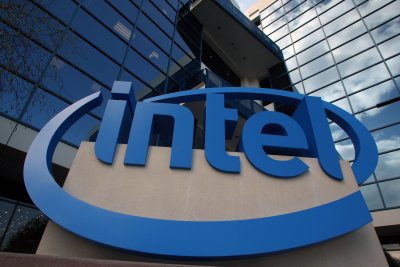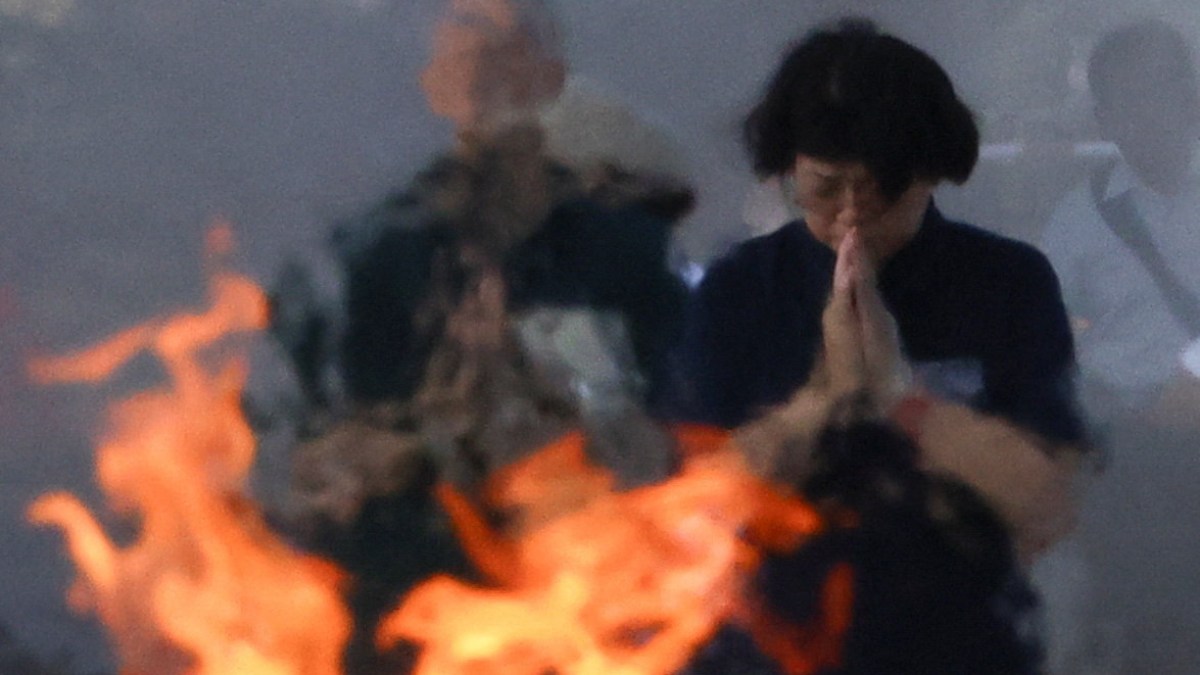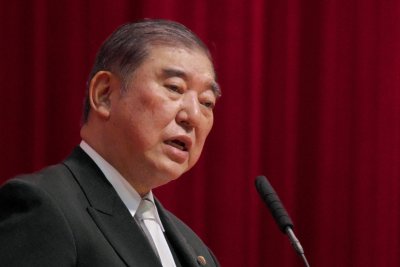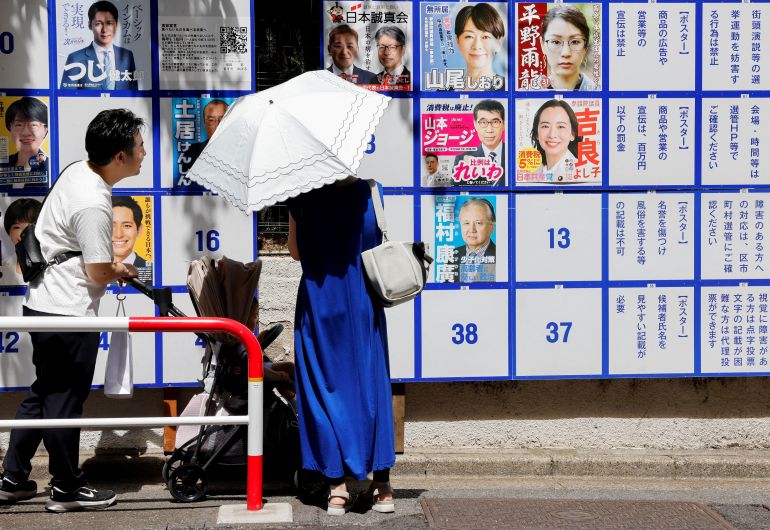Trump bonds with Japan’s new prime minister and says her nation is delivering on U.S. investments
TOKYO — President Trump treated his time in Japan on Tuesday as a victory lap — befriending the new Japanese prime minister, taking her with him as he spoke to U.S. troops aboard an aircraft carrier and then unveiling several major energy and technology projects in America to be funded by Japan.
Sanae Takaichi, who became the country’s first female prime minister only days ago, solidified her relationship with Trump while defending her country’s economic interests. She talked baseball, stationed a Ford F-150 truck outside their meeting and greeted Trump with, by his estimation, a firm handshake.
By the end of the day, Trump — by his administration’s count — came close to nailing down the goal of $550 billion in Japanese investment as part of a trade framework. At a dinner for business leaders in Tokyo, Commerce Secretary Howard Lutnick announced up to $490 billion in commitments, including $100 billion each for nuclear projects involving Westinghouse and GE Vernova.
“You’re great business people,” Trump told the gathered executives before the dinner. “Our country will not let you down.”
It was not immediately clear how the investments would operate and how they compared with previous plans, but Trump declared a win as he capped off a day of bonding with Takaichi.
Trump and Japanese PM swap warm words
The compliments started as soon as the two leaders met on Tuesday morning. “That’s a very strong handshake,” Trump said to Takaichi.
She talked about watching the third game of the U.S. World Series before the event, and said Japan would give Washington 250 cherry trees and fireworks for July 4 celebrations to honor America’s 250th anniversary next year.
Takaichi emphasized her ties to the late Japanese Prime Minister Shinzo Abe, her archconservative mentor who had forged a friendship with Trump during his first term through their shared interest of golf.
“As a matter of fact, Prime Minister Abe often told me about your dynamic diplomacy,” she said, later gifting Trump a putter used by Abe.
Trump told her it was a “big deal” that she is Japan’s first woman prime minister, and said the U.S. is committed to Japan. While the president is known for not shying away from publicly scolding his foreign counterparts, he had nothing but praise for Takaichi.
“Anything I can do to help Japan, we will be there,” Trump said. “We are an ally at the strongest level.”
Takaichi laid out a charm offensive, serving American beef and rice mixed with Japanese ingredients during a working lunch, where the two leaders also discussed efforts to end Russia’s war in Ukraine. White House press secretary Karoline Leavitt told reporters that Takaichi would be nominating Trump for the Nobel Peace Prize.
The two leaders signed black “Japan is Back” baseball caps that resembled Trump’s own red “Make America Great Again” caps.
Reporters arriving for the meeting were hustled past a gold-hued Ford F-150 outside the Akasaka Palace, which is Tokyo’s guest house for visiting foreign leaders.
Trump has often complained that Japan doesn’t buy American vehicles, which are often too wide to be practical on narrow Japanese streets. But the Japanese government is considering buying a fleet of Ford trucks for road and infrastructure inspection.
They vow a ‘golden age’ for alliance and cooperation on critical minerals
Both leaders signed the implementation of an agreement for the “golden age” of their nations’ alliance, a short affirmation of a framework under which the U.S. will tax goods imported from Japan at 15% while Japan creates a $550 billion fund of investments in the U.S.
Later, at a dinner at the U.S. embassy in Tokyo packed with CEOs including Apple’s Tim Cook, Trump reveled in the deals. Trump and Takaichi also signed an agreement to cooperate on critical minerals and rare earths.
Trump has focused his foreign policy toward Asia around tariffs and trade, but on Tuesday he also spoke aboard the USS George Washington, an aircraft carrier docked at an American naval base near Tokyo. The president brought Takaichi with him and she also spoke as Japan plans to increase its military spending.
The president talked about individual units on the aircraft carrier, his political opponents, national security and the U.S. economy, saying that Takaichi had told him that Toyota would be investing $10 billion in auto plants in America.
Trump arrived in Tokyo on Monday, meeting the emperor in a ceremonial visit after a brief trip to Kuala Lumpur, Malaysia, for the annual summit of the Association of Southeast Asian Nations.
Trump is scheduled to leave Japan on Wednesday for South Korea, which is hosting the Asia-Pacific Economic Cooperation summit. Trump plans to meet with South Korean President Lee Jae Myung.
On Thursday, Trump is expected to cap off his Asia trip with a highly anticipated meeting with Chinese leader Xi Jinping. There were signs that tensions between the U.S. and China were cooling off before the planned meeting in South Korea. Top negotiators from each country said a trade deal was coming together, which could prevent a potentially damaging confrontation between the world’s two largest economies.
Boak and Megerian write for the Associated Press. Megerian reported from Seoul, South Korea. Mayuko Ono and Mari Yamaguchi in Tokyo contributed to this report.

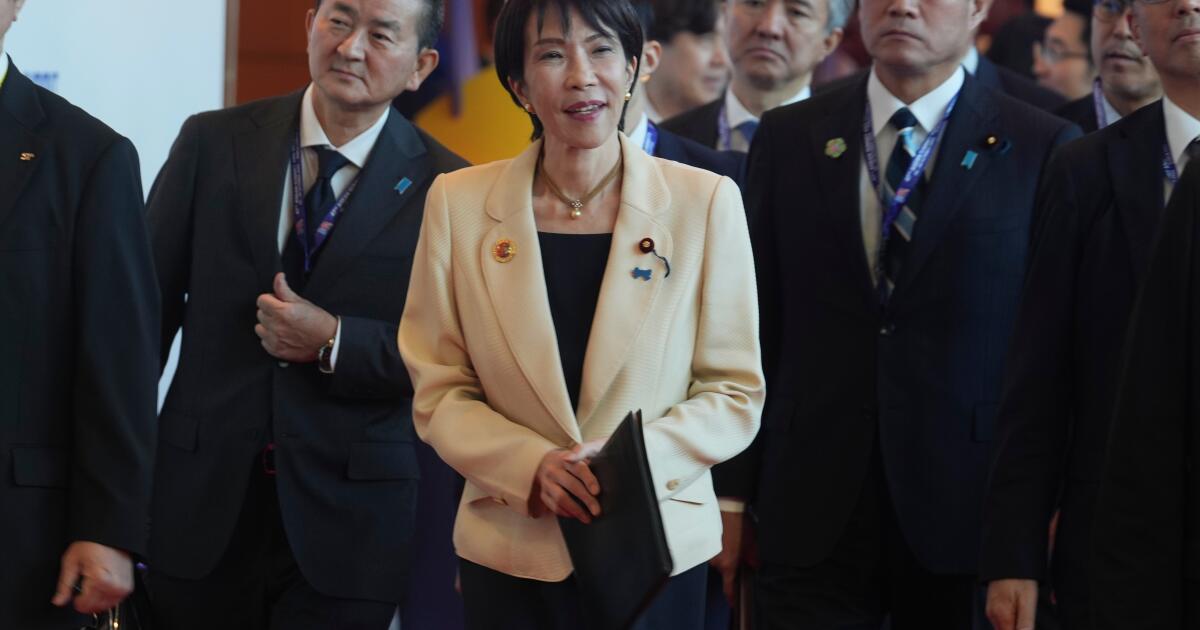

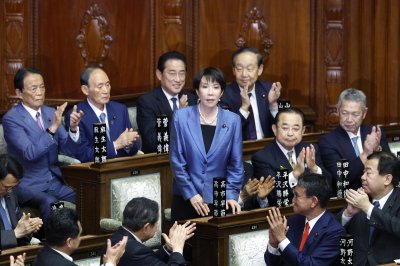

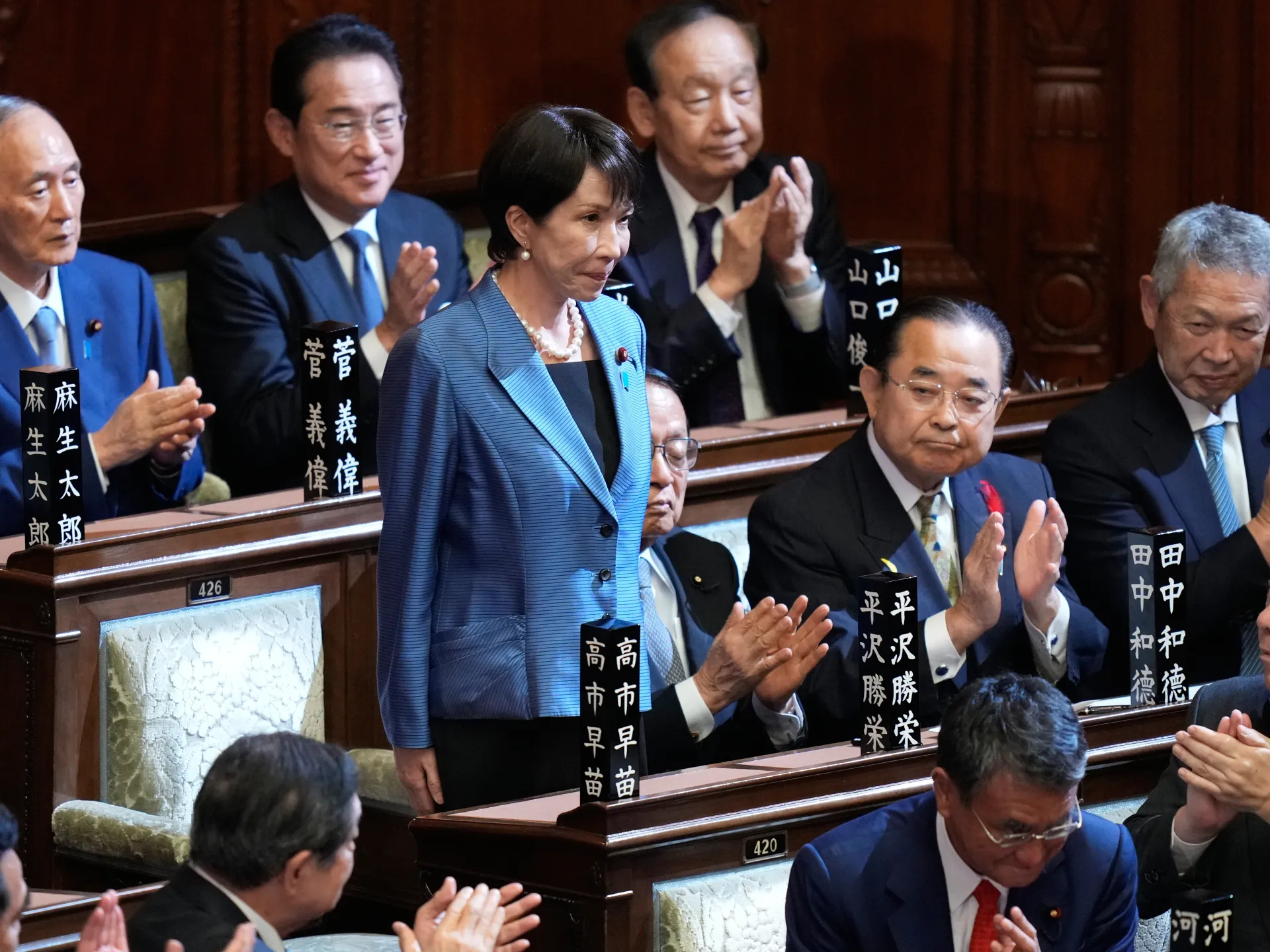
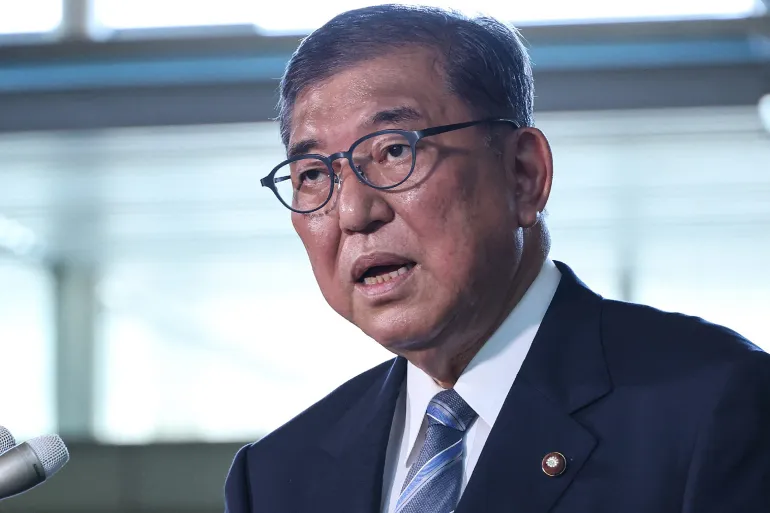

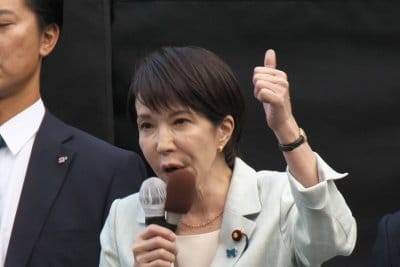

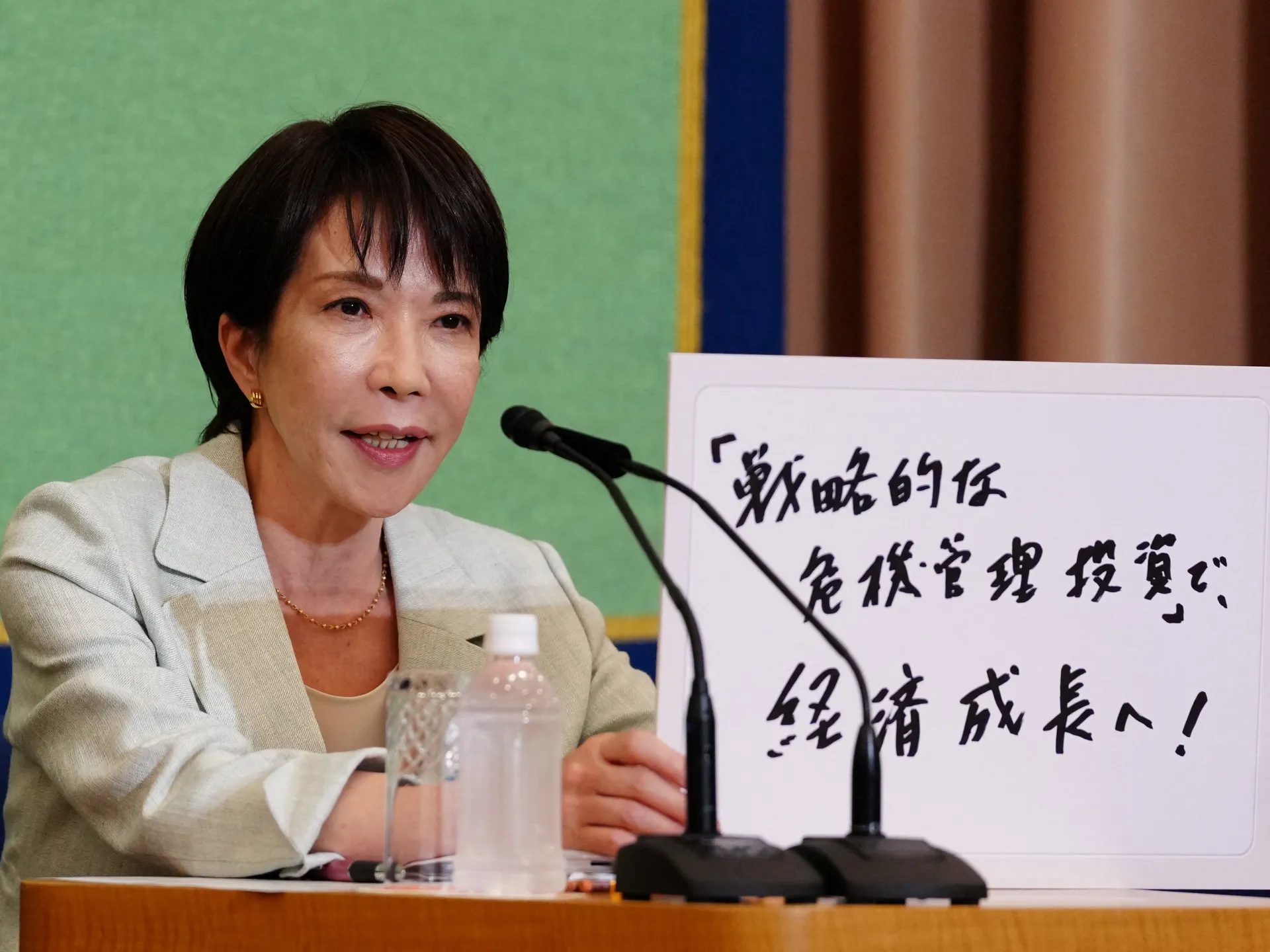
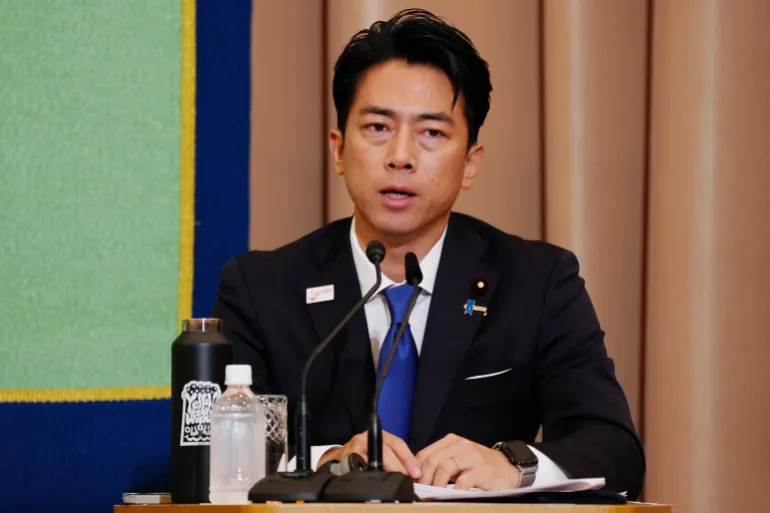



![Former LDP Secretary-General Toshimitsu Motegi speaks during the Liberal Democratic Party (LDP) Presidential Election Candidate Debate at Japan National Press Club in Tokyo, Japan, on Sept. 24, 2025. [Jia Haocheng/Pool via REUTERS]](https://www.aljazeera.com/wp-content/uploads/2025/09/2025-09-24T071026Z_1195499539_RC24YGA68GXE_RTRMADP_3_JAPAN-POLITICS-1759204230.jpg?w=770&resize=770%2C513&quality=80)

